Vietnamese bánh bèo is a type of steamed rice cake with savory toppings in Vietnam. It is a well-liked Vietnamese snack and street food.
From the central part of the country, bánh bèo has spread northward and southward and even transcended borders to become popular worldwide.
Each serving of bánh bèo is a small, snow-white rice cake topped with a rich mixture of meat and enjoyed with a sweet-and-sour dipping sauce. The description sounds simple, but the enjoyment this dish bestows doesn’t.
This article will tell you everything you need to know about these Vietnamese steamed rice cakes, such as the customs associated with them, primary tools and ingredients for making them, how to make them from scratch, and must-know tips. Many exciting facts are waiting for you to discover!
What Is So Interesting About Vietnamese Bánh Bèo?
Bánh bèo is a famous dish from Thua Thien – Hue province, which was the capital of Vietnam’s last dynasty and a culinary center. It consists of 3 parts: the delicate white cake, the shrimp-based topping, and the dipping sauce.
Its name is literally “duckweed cake” or “water fern cake,” possibly due to the similar shape. While bánh bèo is mainly a snack and street food, many locals in Hue like to have it as a main dish for lunch and dinner. The most usual time to eat it is after 3 PM.
Are There Other Varieties Of Bánh Bèo?
Yes, bánh bèo comes in many versions throughout Vietnam. The classic one from Hue is topped mainly with shrimp. In northern Vietnam, the topping relies heavily on pork. The version in the central Vietnamese provinces uses pork, shrimp, and wood ear mushrooms for the toppings.
Meanwhile, those in southern Vietnam can contain mashed mung beans, which are rather sweet. In terms of size, the Hue-style cake is smaller than the rest.
This article will introduce you to the central Vietnamese version of bánh bèo. It is very similar to the original in Hue, but it is heartier and more filling.
How To Enjoy Bánh Bèo Like A Local?
Authentic bánh bèo in Hue and Central Vietnam is prepared and served in individual small dishes that look like condiment bowls.
To enjoy them, you should pour the sauce over a cake before using a spoon or a chopstick to scrape it out of its dish. While the cake may be small, the etiquette is not to eat more than one cake at a time.
Alternatively, you can just transfer the rice cake to a separate dish and dip it in the sauce.
What Tools Should I Have To Make Bánh Bèo?
You don’t have to use complex gadgets to prepare bánh bèo at home; instead, they only require some necessary equipment in the kitchen.
What Are The Main Ingredients Of Bánh Bèo?
The ingredient list for bánh bèo will be divided into 3 sections: rice cakes, toppings, and garnishes. They may seem pretty overwhelming at first, but I guarantee you that many items in it are already in your pantry. Let’s check them out.
For The Rice Cakes
For The Toppings
For The Garnish
How Can I Prepare Bánh Bèo At Home?
The process of creating homemade Vietnamese steamed rice cakes involves making the rice batter, cooking the toppings while waiting for the batter to rest, completing the batter with a hot batter, steaming the cakes, and finishing them with toppings. It is actually easier than it sounds!
Step 1: Prepare The Rice Batter
Add rice flour, tapioca starch, and room-temperature water to the mixing bowl. Stir thoroughly.
Add lemon juice and continue stirring until all the ingredients are well combined.
Cover the bowl with plastic wrap and let the batter rest at room temperature for at least 1 hour. Rather than plastic wrap, you can also use reusable proving cloth or a large tea towel to cover the bowl.
Step 2: Prepare The Toppings
Heat vegetable oil in the skillet. Sauté minced shallots and minced garlic in it until fragrant.
Add minced pork and cook for 2 minutes. Stir constantly.
Add minced shrimp and continue stirring.
Add annatto powder, sugar, black pepper, fish sauce, and some water to the skillet.
Dissolve tapioca starch in a small amount of room-temperature water and add the mixture slowly to the skillet. Stir well to combine.
Cook for another 2 minutes or until the consistency suits your preference.
Step 3: Complete The Batter
Stir the batter thoroughly while slowly adding hot water to the bowl. This step ensures that the finished rice cakes will have a soft and smooth texture.
Add vegetable oil to the batter.
Step 4: Cook The Rice Cakes
Put the filled steamer on the stovetop. Turn the heat to high and bring the water to a boil. Preheat the small dishes in the basket for 3 minutes.
When the dishes are hot enough, fill each of them with a suitable amount of batter. Don’t add too much batter, or the cakes will be excessively thick.
Put on the lid and steam for 7 minutes.
Take the dishes out of the steamer. Repeat the process until the batter runs out.
Step 5: Assemble The Steamed Rice Cakes
Top each rice cake with some fried shallots, scallions and oil garnish, and bits of the pork and shrimp mixture.
Serve the rice cakes hot with the garlic chili sauce on the side.
Are There Tips To Get Perfect Bánh Bèo?
Yes, there are 5 important things you should keep in mind to get the best steamed rice cakes, such as cooking the topping ingredients in the right order, stirring the batter regularly, cooking on high heat, etc.
I will also show you how to determine the doneness of the rice cakes and ways to repair a runny batter.
What Sides Can I Enjoy With Bánh Bèo?
Dishes that can go with these steamed cakes are a matter of personal preference. Vietnamese people in different places have different choices. You can try the following options and see which one is your favorite.
Central Vietnamese folks like crispy fried pork rinds. Meanwhile, people in southern Vietnam have many more choices, like pickles, mung beans, banh bot loc (clear-looking steamed dumplings), banh it tran (sticky rice dumplings), etc.
When it comes to drinks, iced tea, green tea, and iced coffee go wonderfully with bánh bèo.
How To Store And Reheat Bánh Bèo?
While these Vietnamese steamed rice cakes are easy to spoil at room temperature, it can last for several days in the fridge and two to three months in the freezer. I recommend keeping the rice cakes and toppings in separate containers.
You don’t even have to remove the rice cakes from their dishes: if the dishes are clean enough, just put everything in an airtight container and move it to the fridge. But in case the dishes aren’t freezer-friendly, scooping out the rice cakes is a must.
To reheat them, put the rice cakes with toppings in a microwave with a small dish of water, and reheat them for a few minutes. Even better, you can use a steamer to reheat these cakes.
Do You Want To Enjoy Bánh Bèo Today?
You don’t have to be a master chef to say yes to this question! With the right ingredients, equipment, and a little practice, you can easily bring a piece of Vietnamese imperial cuisine to your kitchen. It’s time to dazzle your family and friends with these cute-looking rice cakes!
But don’t keep the recipe to yourself. I’m sure your loved ones will appreciate it very much if you share this recipe with them. In case you have questions to ask about bánh bèo or great tips to share, feel free to let me know in the comments.
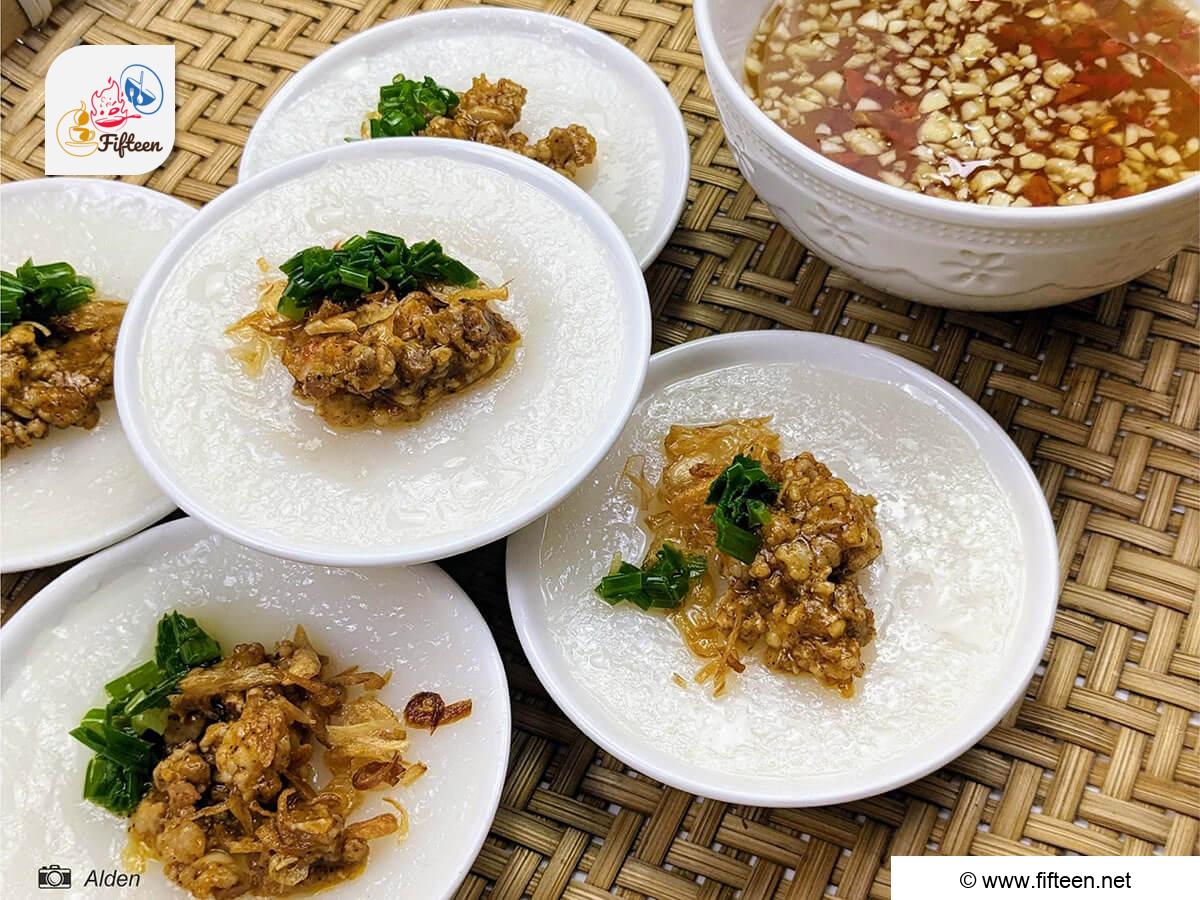
Bánh Bèo Recipe (Vietnamese Steamed Rice Cakes)
Equipment
- Small Dishes
- Steamer
- Non-stick skillet
- Ladle
- Spatula
- Mixing Bowl
Ingredients
For the rice cakes
- 8.8 ounces rice flour
- 1 ounce tapioca starch
- 350 ml room-temperature water
- 350 ml hot water
- 1 teaspoon lemon juice
- 1 tablespoon vegetable oil
For the topping:
- 7 ounces minced shrimp
- 12.3 ounces minced pork
- 1 tablespoon minced shallots
- 1 tablespoon minced garlic
- 1.5 teaspoon annatto powder
- 1 teaspoon sugar
- 1 teaspoon black pepper
- 1 teaspoon Vietnamese fish sauce
- 2 teaspoons tapioca starch
- 20 ml room-temperature water
Garnish
- Sweet-and-sour garlic and chili pepper sauce
- Scallions and oil garnish
- Fried shallots
Instructions
- In the mixing bowl, stir rice flour, tapioca starch, room-temperature water, and lemon juice thoroughly. Cover the bowl with plastic wrap and let the batter rest at room temperature for at least 1 hour.
- In the skillet, sauté minced shallots and minced garlic in oil until fragrant.
- Add minced pork and cook for 2 minutes. Stir constantly. Add minced shrimp and continue stirring.
- Add annatto powder, sugar, black pepper, fish sauce, and some water to the skillet.
- Dissolve tapioca starch in a small amount of room-temperature water and add the mixture slowly to the skillet. Stir well to combine. Cook for another 2 minutes.
- Stir the batter thoroughly while slowly adding hot water to the bowl. Add vegetable oil to the batter.
- Put the filled steamer on the stovetop. Turn the heat to high and bring the water to a boil. Preheat the small dishes in the basket for 3 minutes.
- Fill each dish with a suitable amount of batter. Put on the lid and steam for 7 minutes. Take the dishes out of the steamer. Repeat the process until the batter runs out.
- Top each rice cake with some fried shallots, scallions and oil garnish, and bits of the pork and shrimp mixture. Serve with the garlic chili sauce on the side.
Video
Notes
- The instructions are for preparing 4 servings.
- Don’t pour too much batter into the dishes, or the cakes will be excessively thick.
- Always add minced pork before minced shrimp.
- Stir the batter carefully right before pouring it into the heated dishes.
- Steam over high heat and fill the steamer and add enough water to the steamer (at least one-third of its volume).
- To determine if the rice cakes are done, you can poke them with a toothpick or a small knife. The cakes are ready if the toothpick/ knife comes out clean.
- To fix a runny batter, you can add more rice flour to the batter or cover the batter with a clean, dry towel and leave it for 30 – 45 minutes.


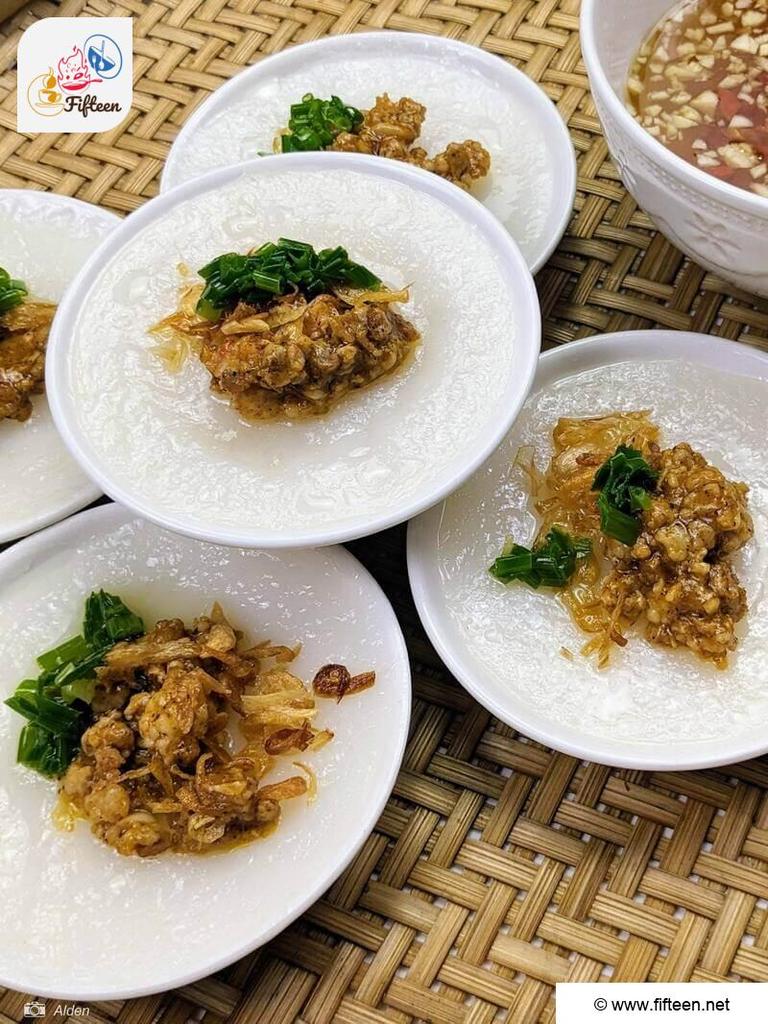
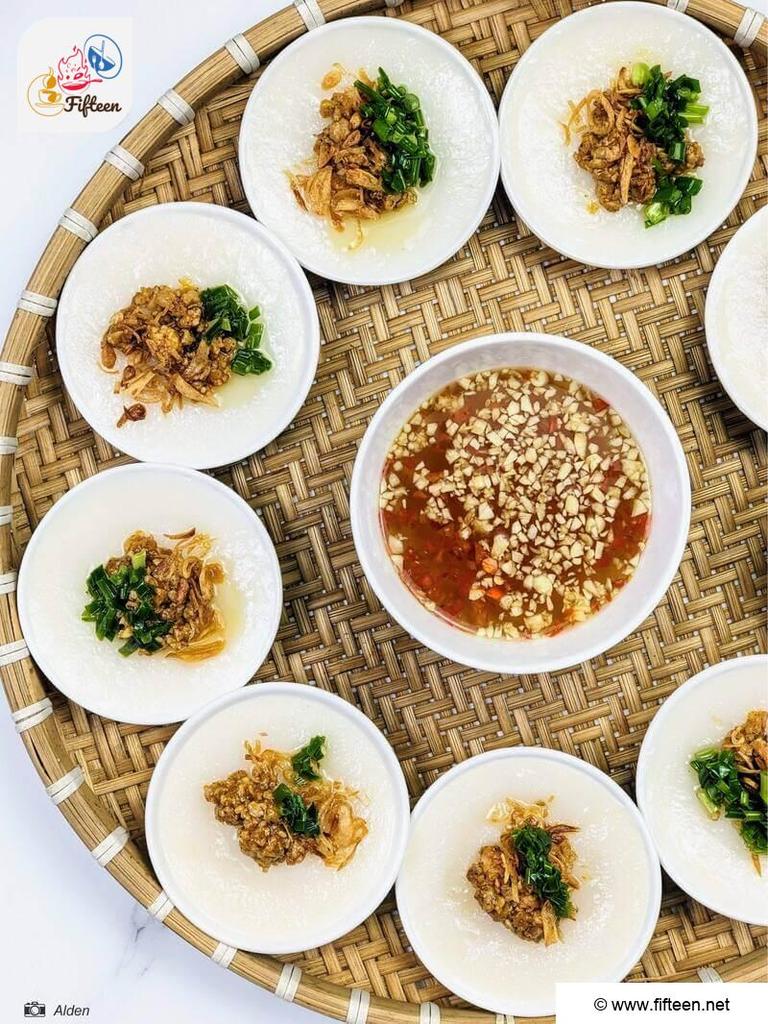
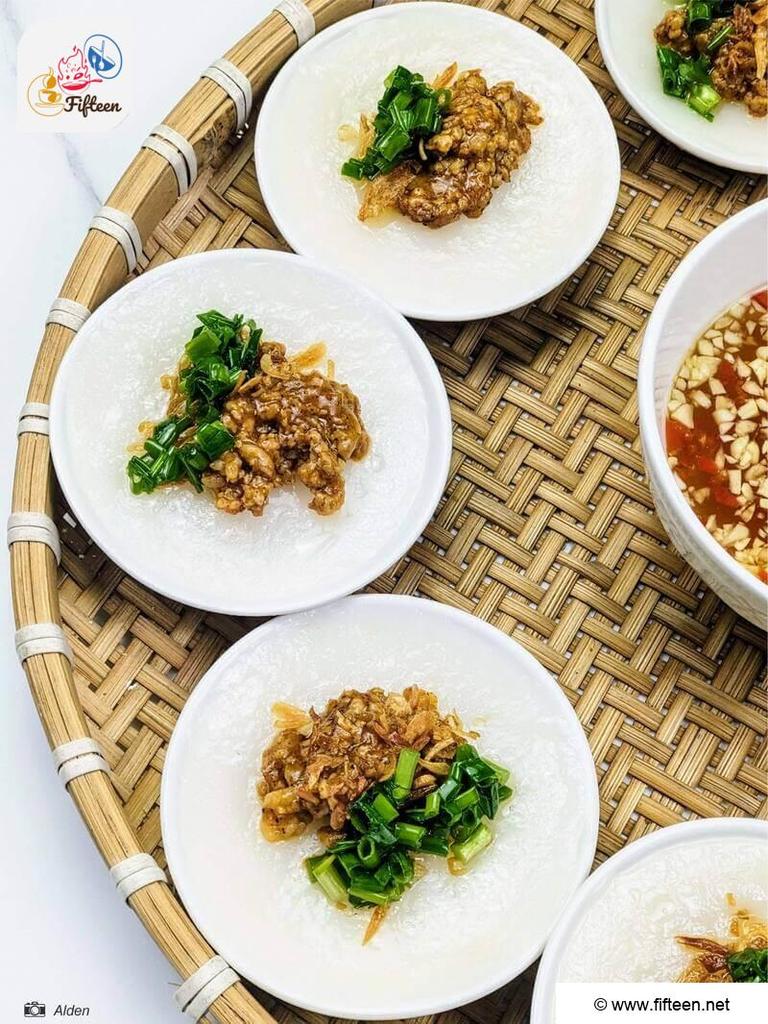
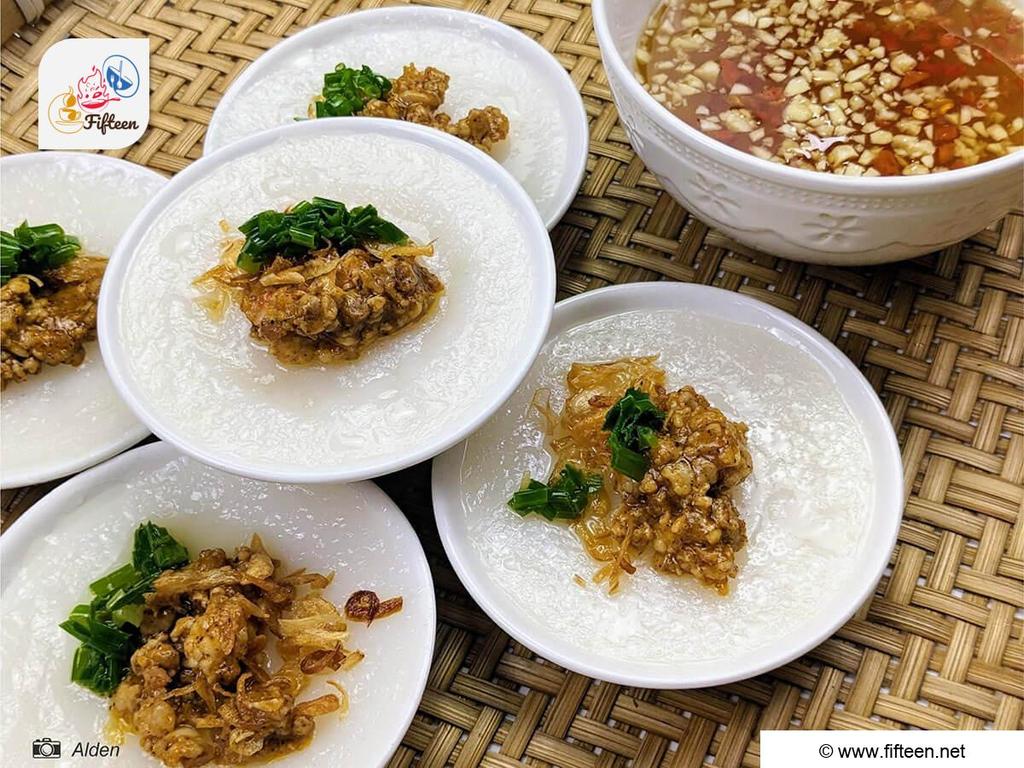
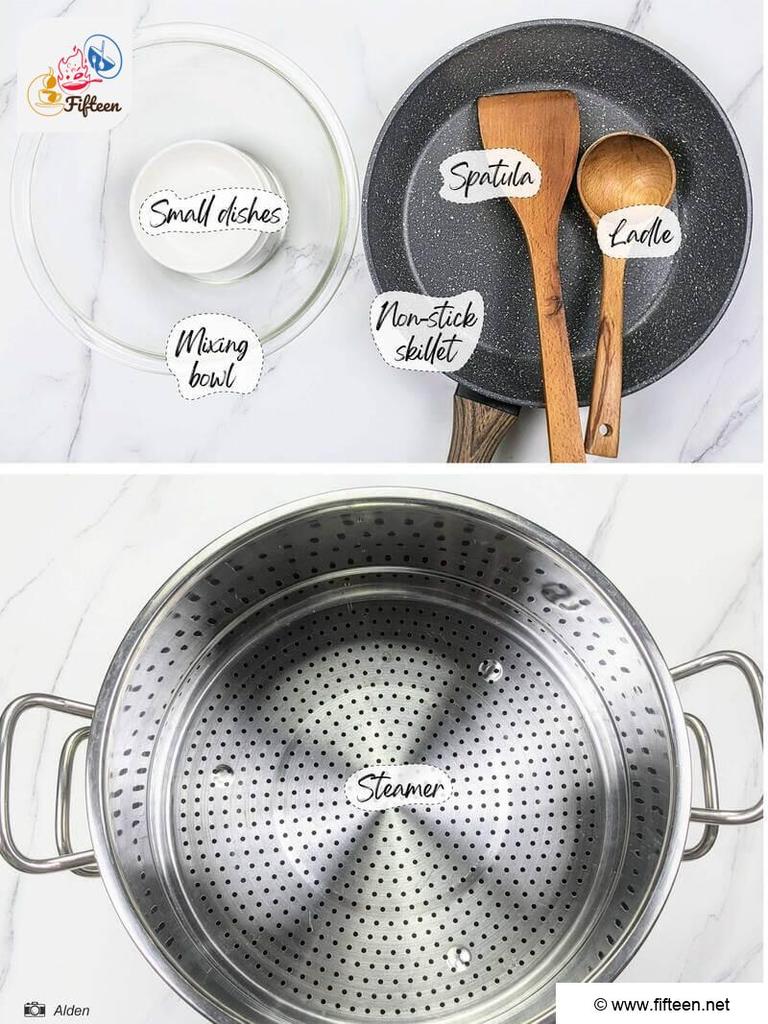
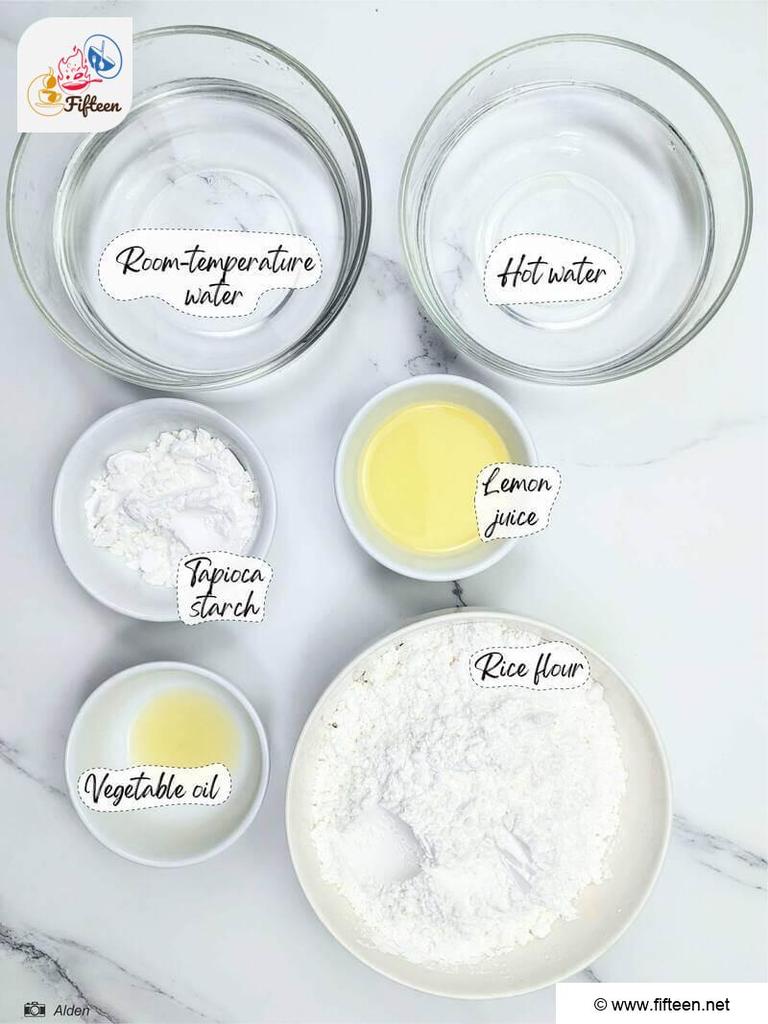
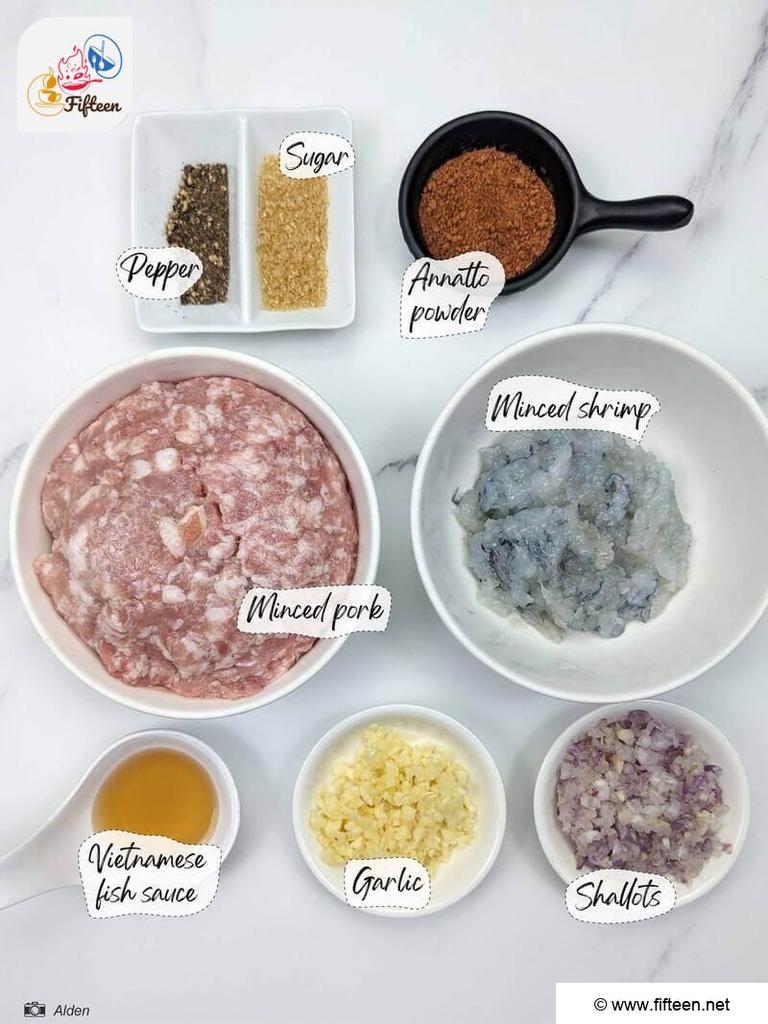
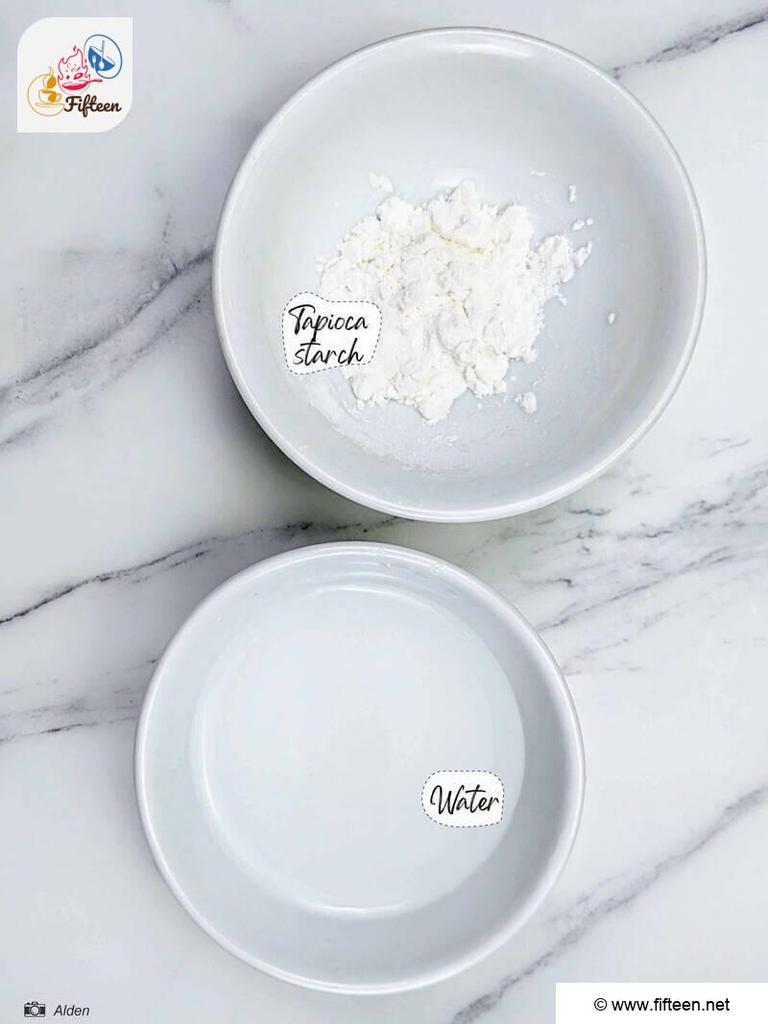
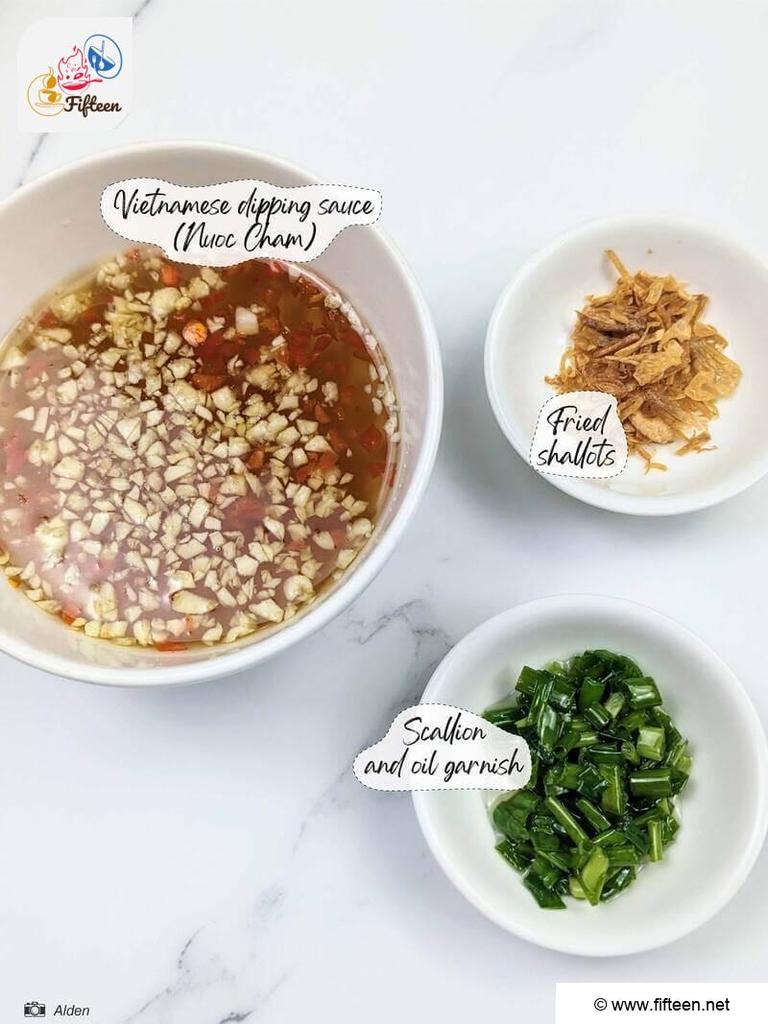
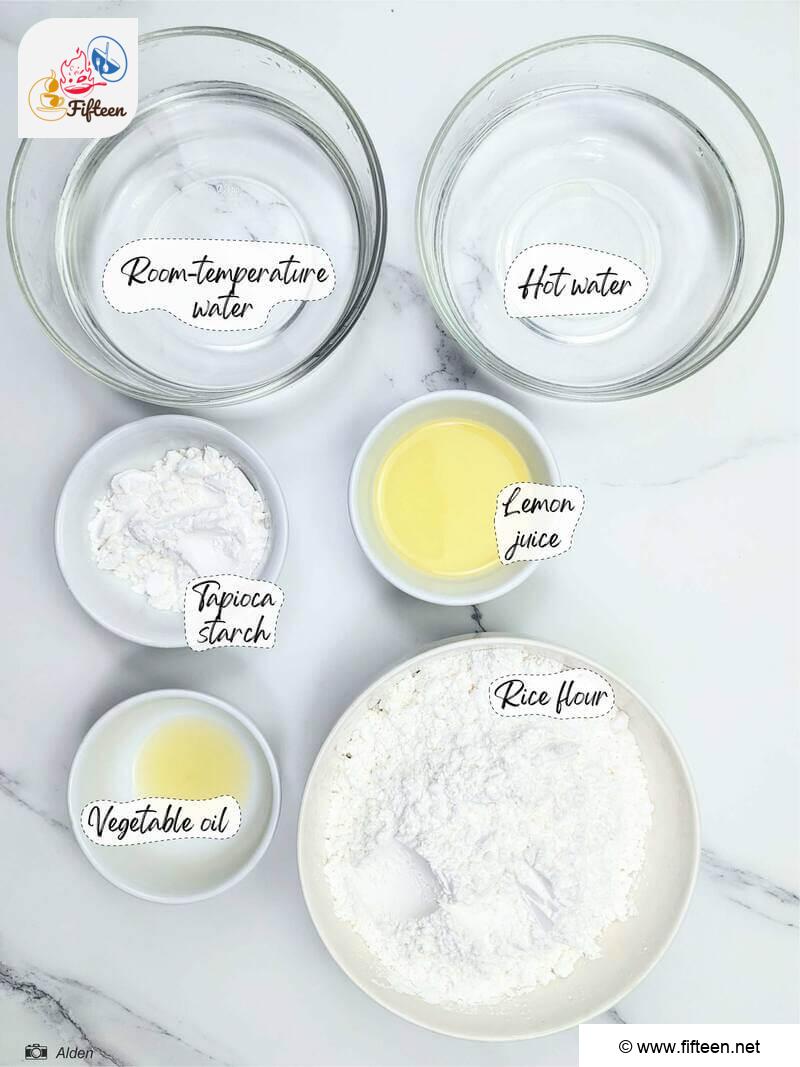
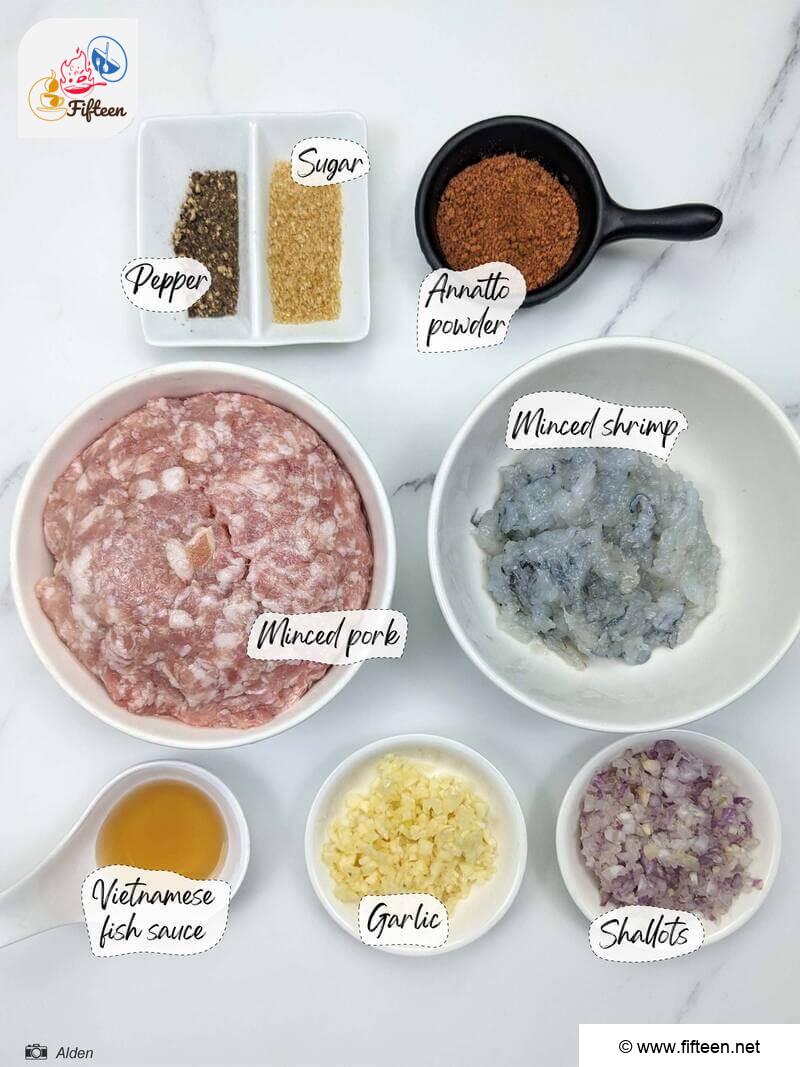
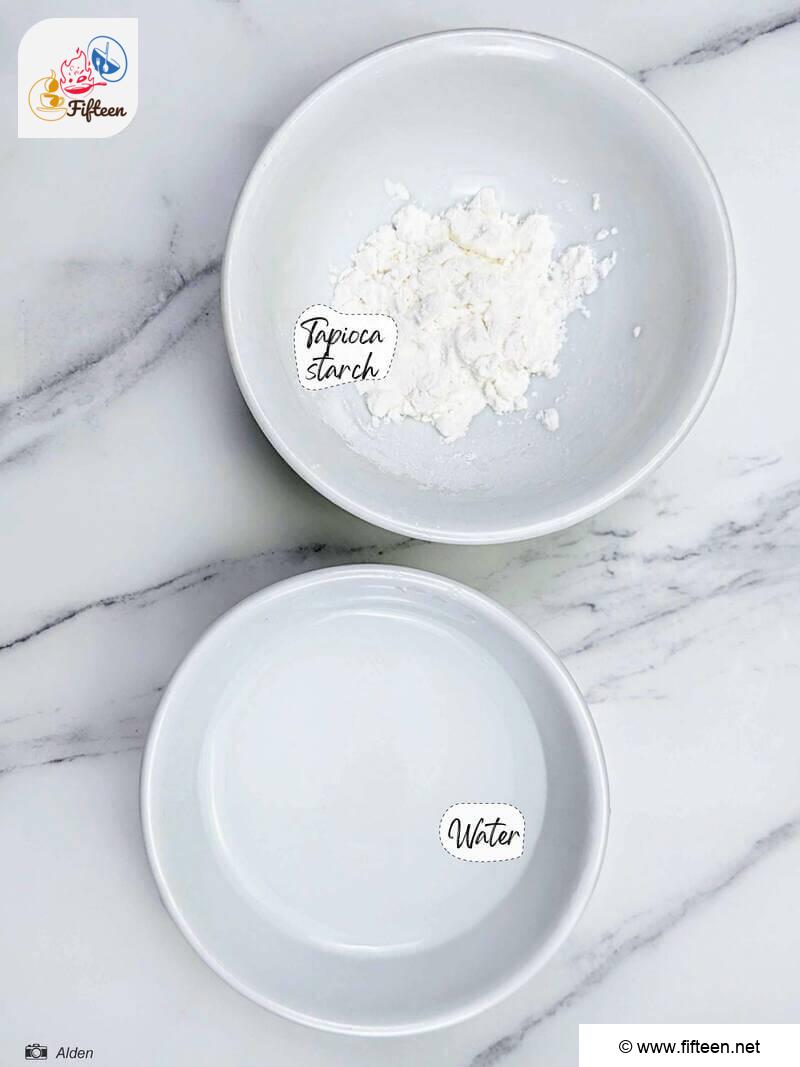
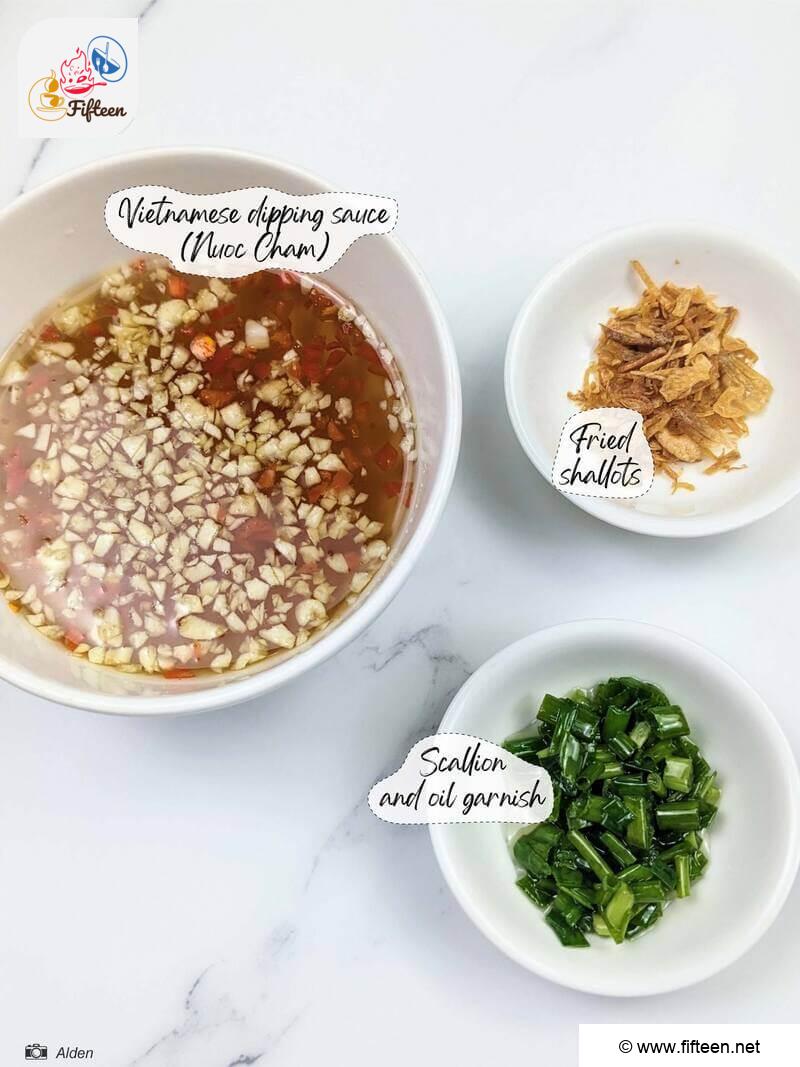
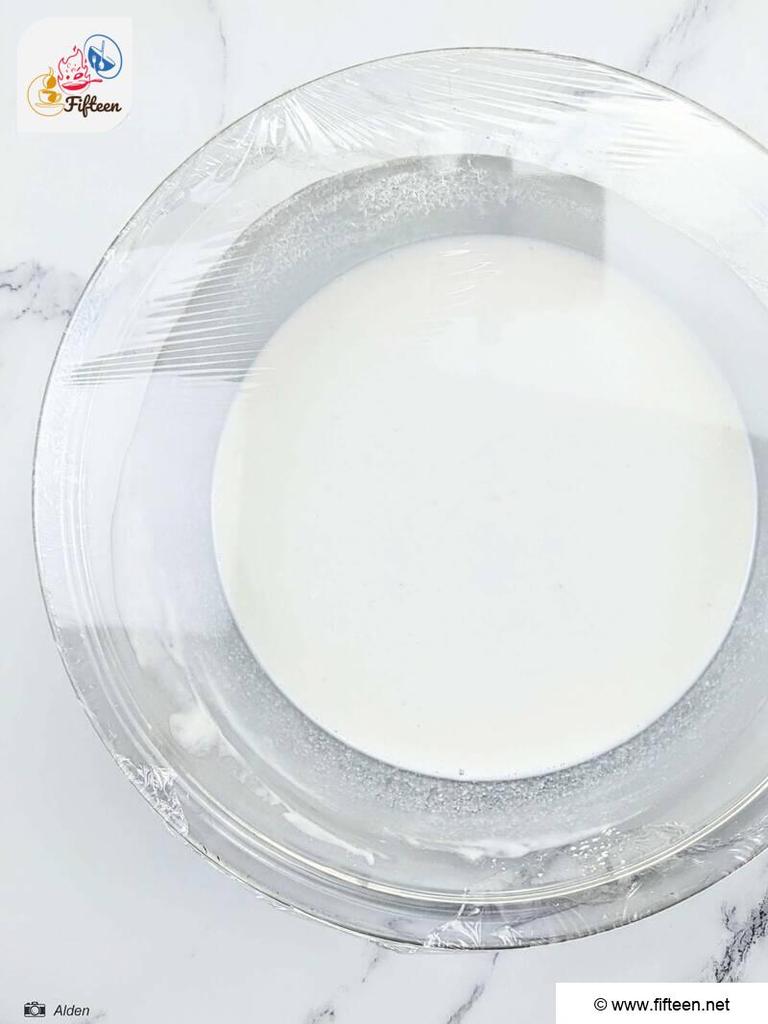
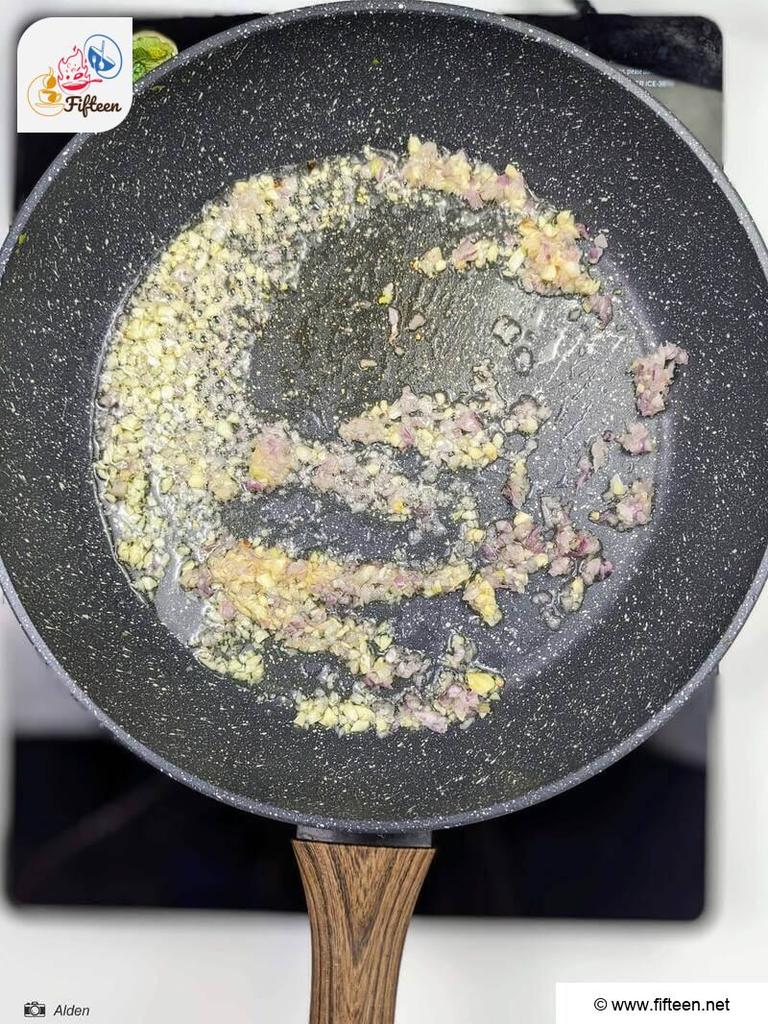
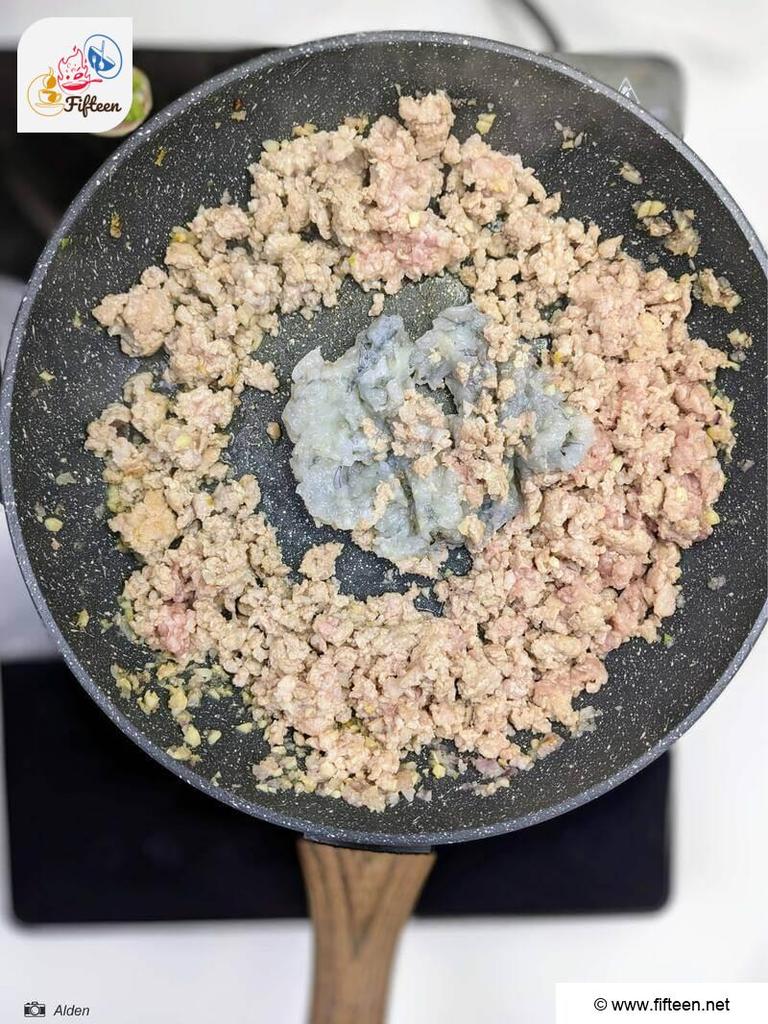
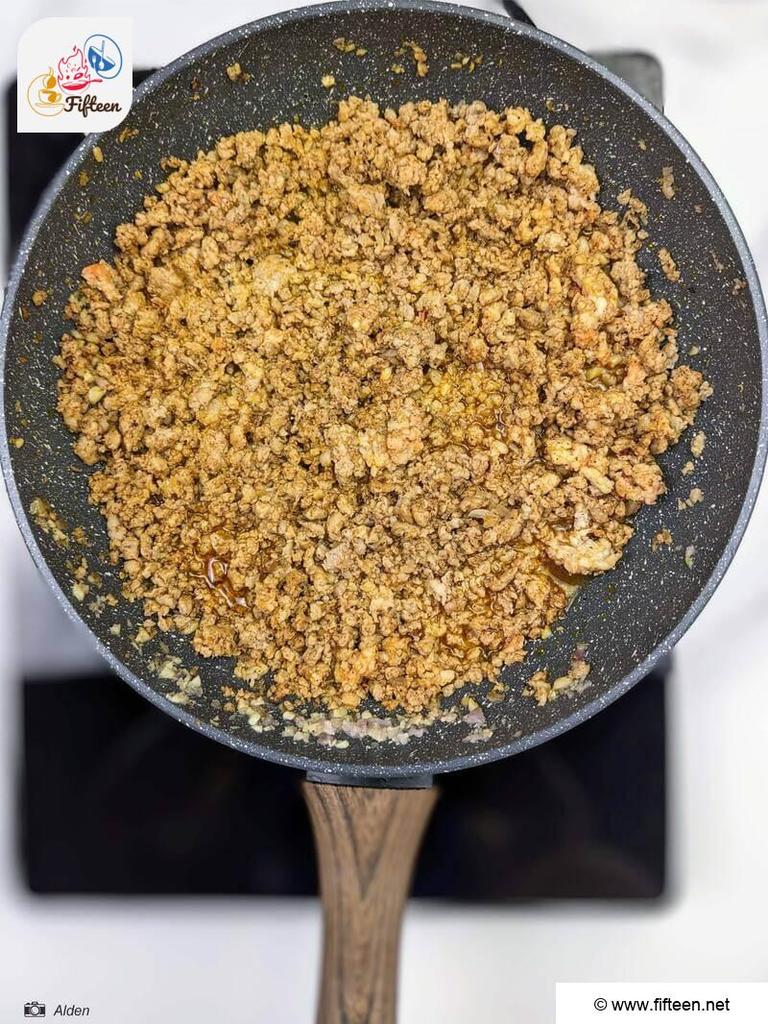
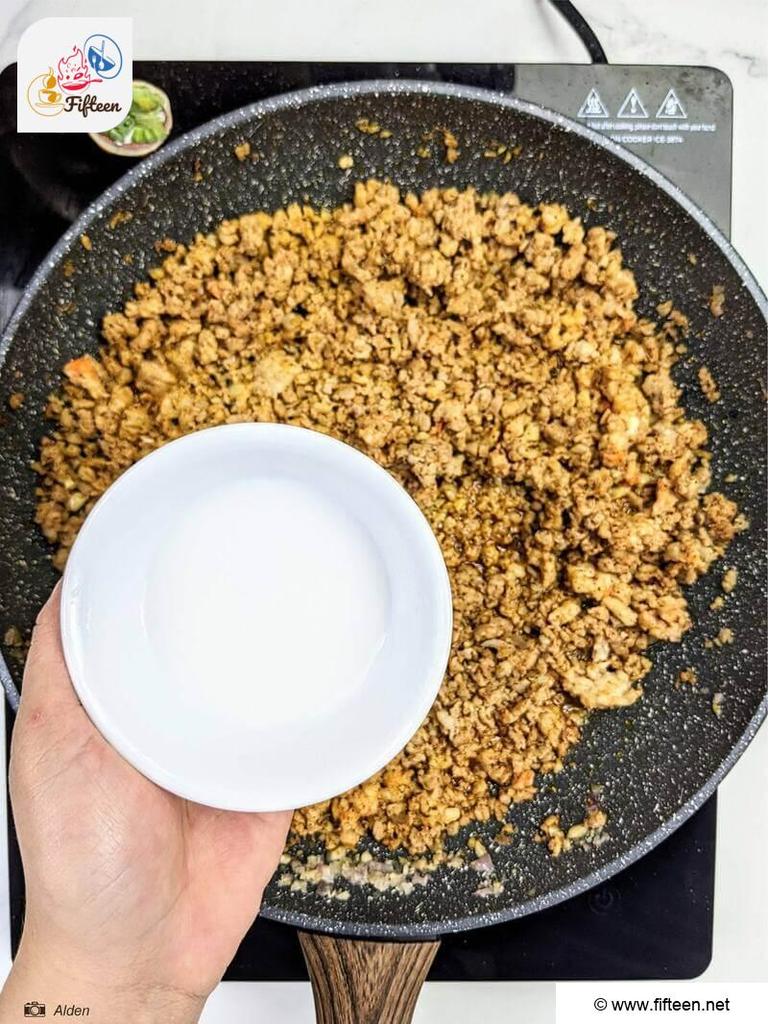
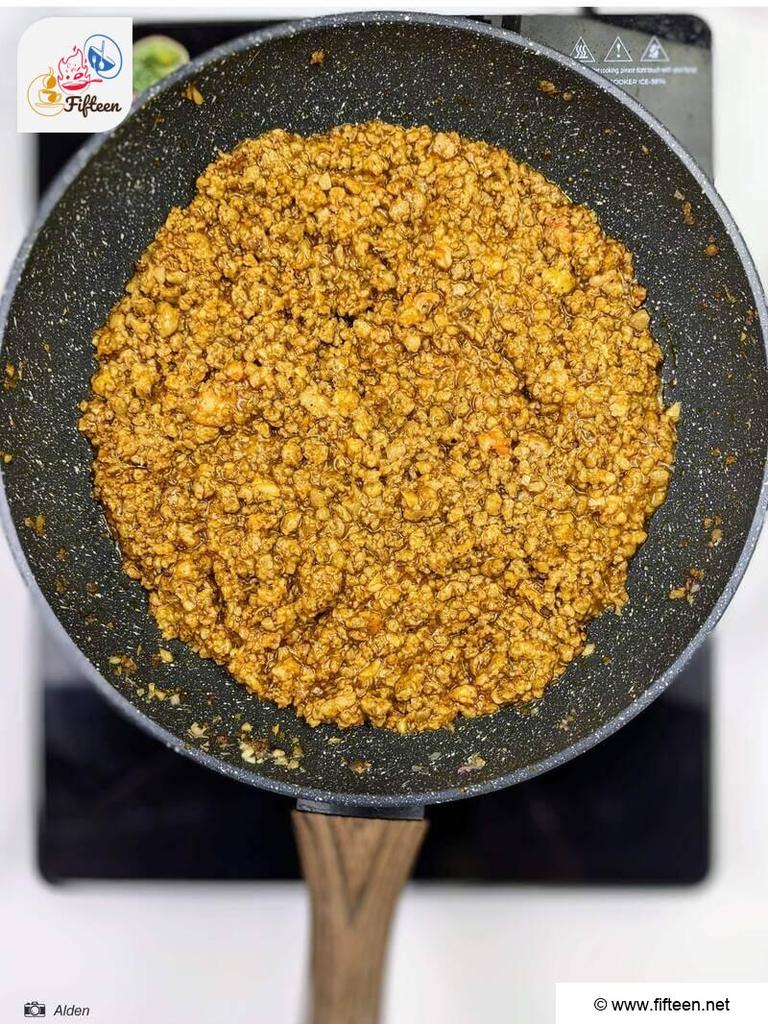
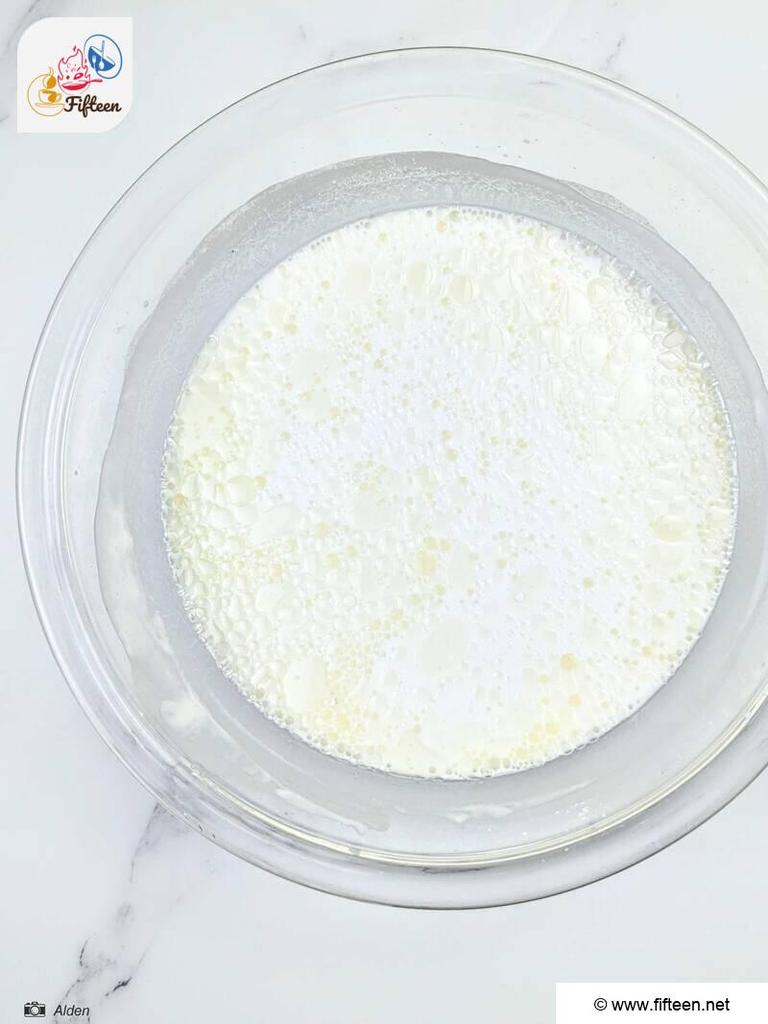
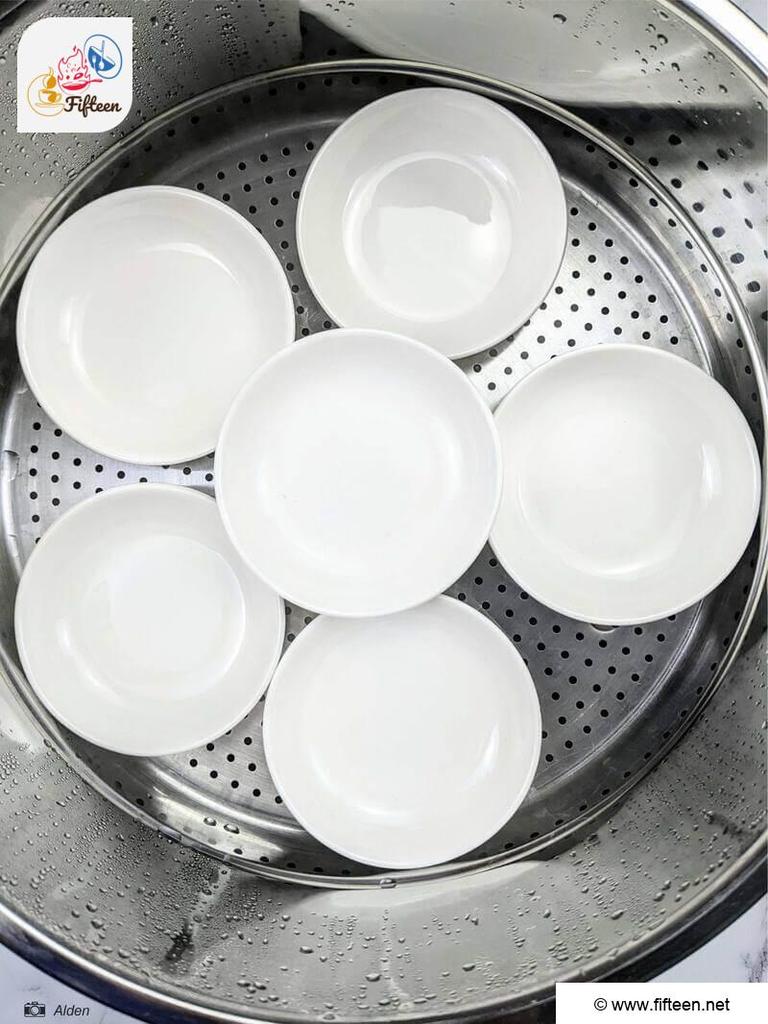
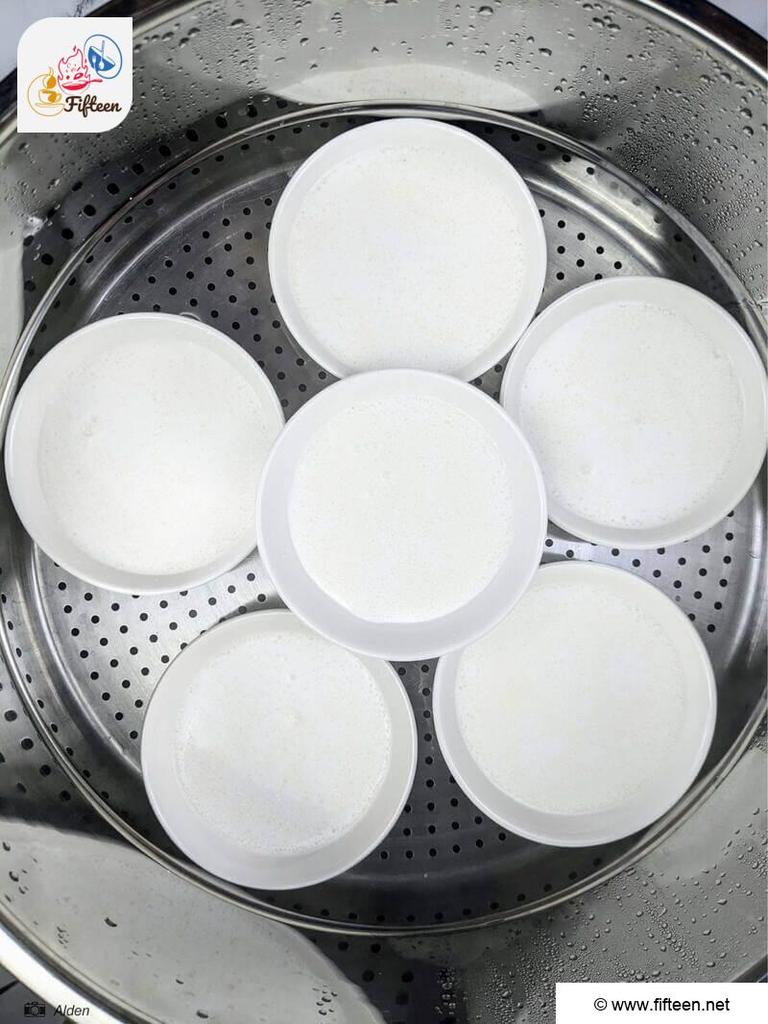
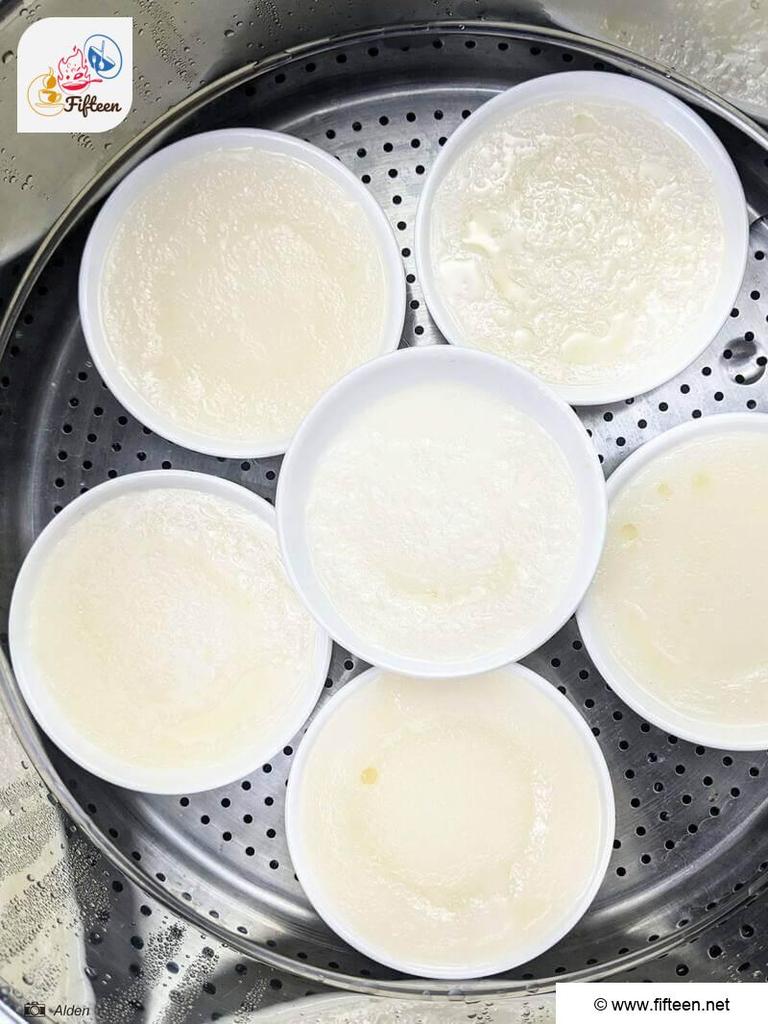
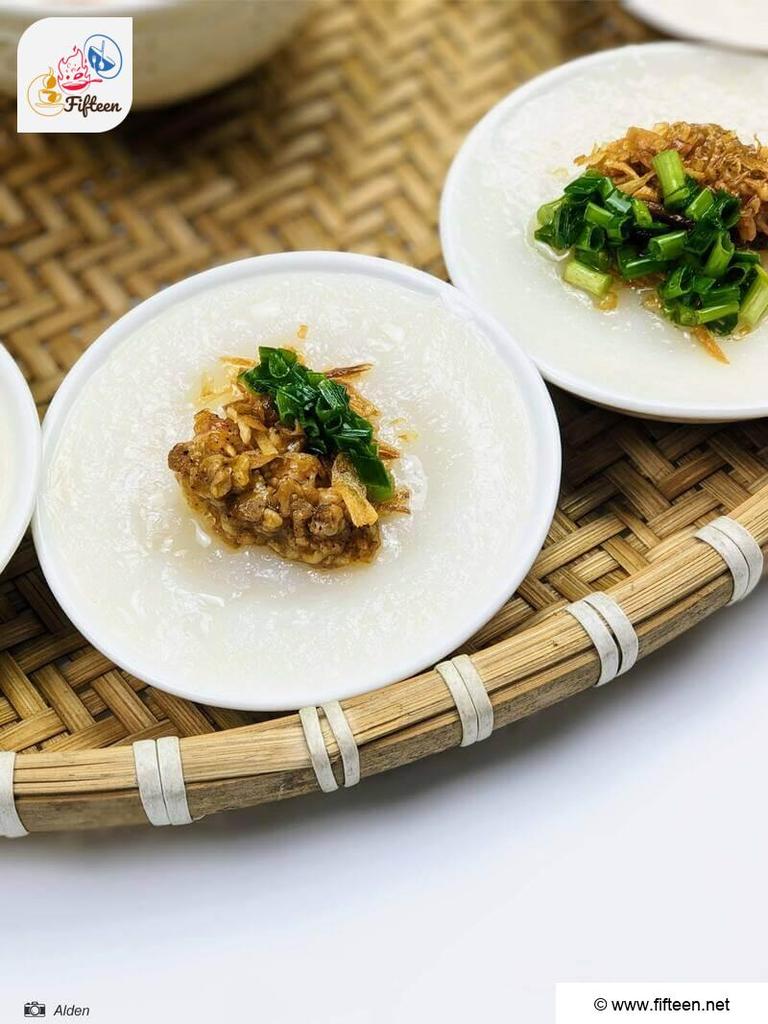
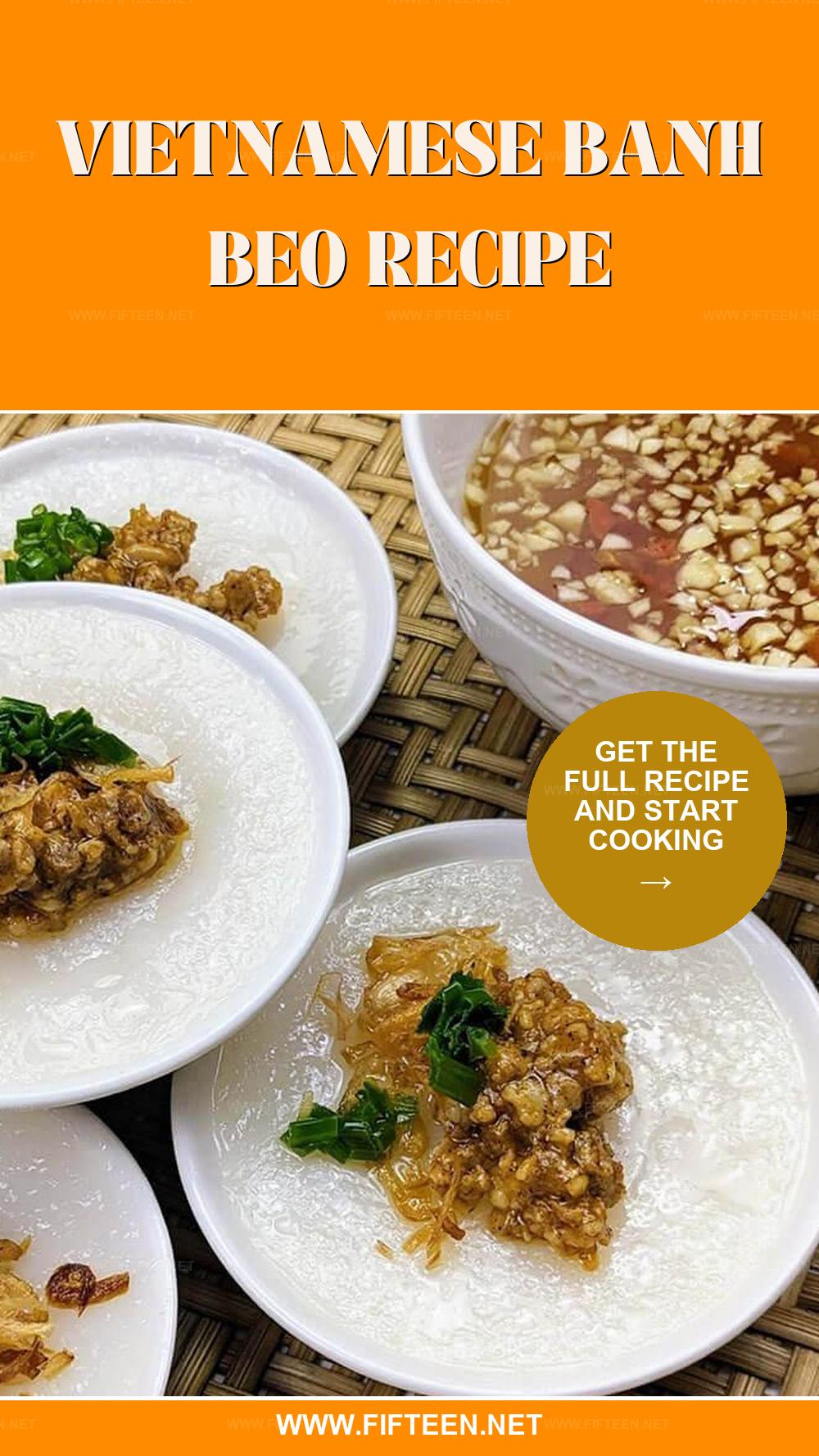
Tien – Alden
Content Writer
Expertise
Home Cooking, Recipe Development, Food Editor, Beverage Editor, Cooking-video Maker, Asian Food Content Creator
Education
Saigon Tourism College
Advanced Culinary Workshop, Beijing
Vietnamese Traditional Cooking School
American College of Vietnam
Alden is a skilled chef with expertise in Asian cuisines, known for blending traditional Vietnamese and Chinese cooking with contemporary innovations. Alden’s passion for Asian flavors and her creative approach to both food and beverages inspires fellow chefs and those aspiring to enter the field.